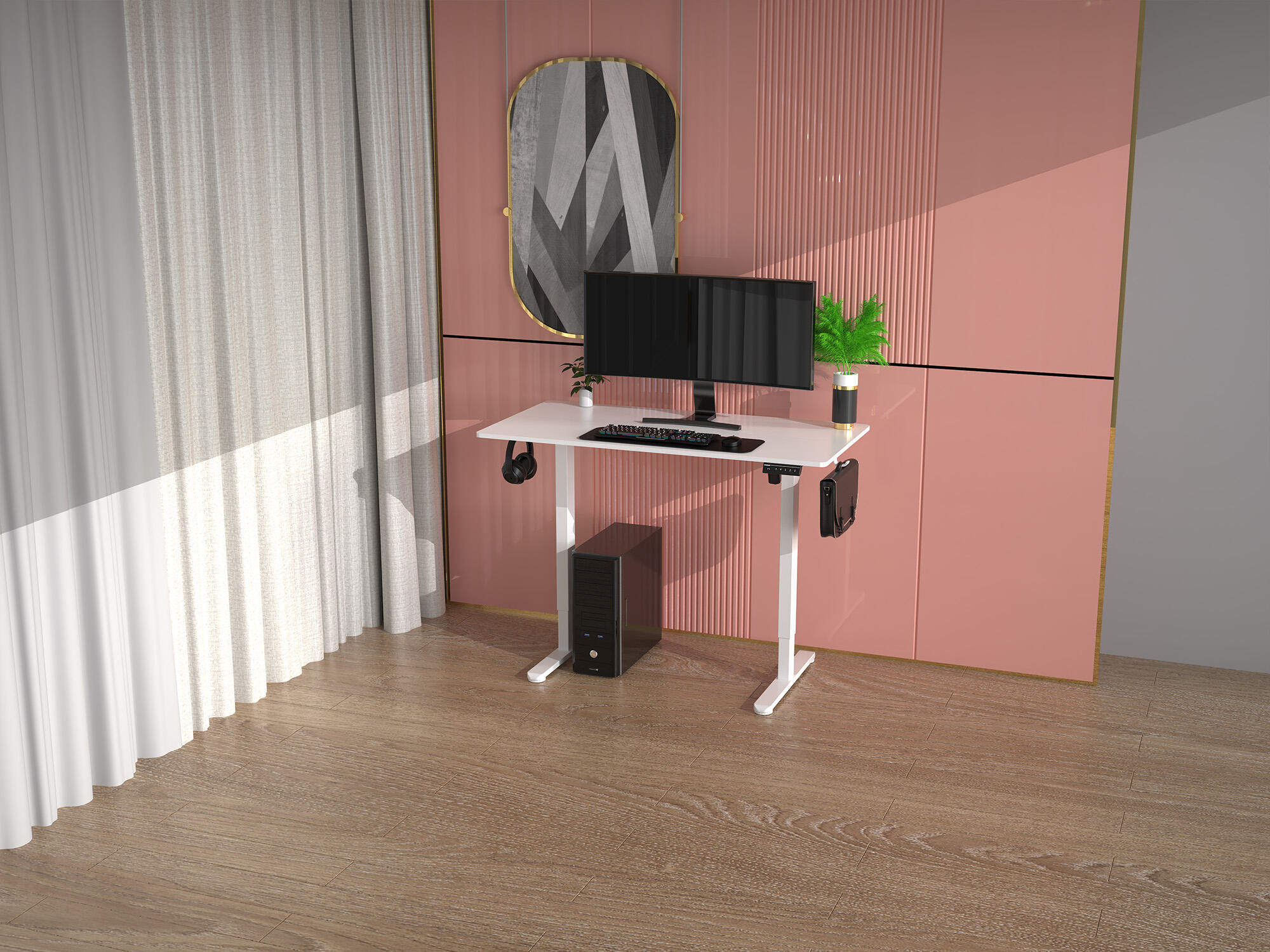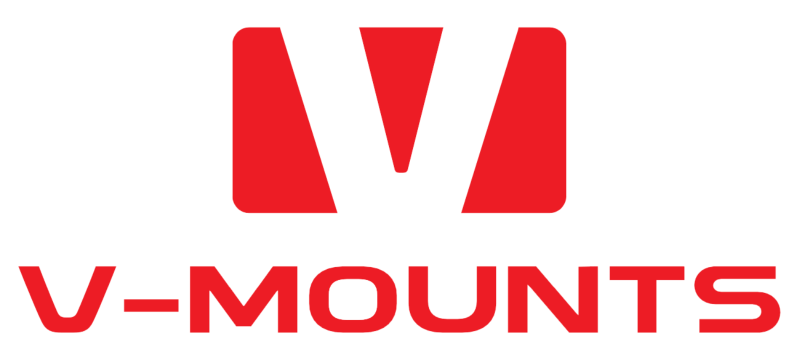Transforming Workspaces into High-Performance Zones
In today’s fast-paced business environment, productivity is a top priority. As companies seek out tools and strategies to help their teams work smarter—not just harder—one solution has steadily gained traction: the standing desk. More than a trend, the standing desk is becoming a permanent fixture in modern workspaces, offering a combination of health benefits, workflow flexibility, and long-term value.
Businesses across industries are realizing that creating an environment that supports employee wellness and movement leads to better focus, fewer sick days, and stronger overall performance. Integrating standing desk setups into office planning is no longer just a wellness perk—it’s a smart investment in operational efficiency and team output.
Health Benefits That Translate into Productivity Gains
Reducing Absenteeism with Active Workstations
A sedentary lifestyle, often fueled by prolonged desk work, has been linked to chronic back pain, reduced circulation, and increased fatigue. A standing desk encourages frequent position changes throughout the day, which can alleviate many of these physical issues.
Employees who feel physically better are less likely to take sick days due to musculoskeletal discomfort. By reducing these health-related absences, businesses experience fewer productivity gaps and lower healthcare-related costs over time.
Supporting Mental Clarity and Energy
Standing desk usage has also been associated with improved mental alertness and mood. Alternating between sitting and standing promotes circulation and oxygen flow, which contributes to better concentration and sustained energy.
When workers are more comfortable and mentally alert, they engage more deeply in their tasks. This level of cognitive sharpness is especially valuable in roles that require problem-solving, decision-making, and prolonged focus.

Fostering Workplace Flexibility and Focus
Enabling Movement without Disruption
Standing desks make it easier for employees to transition between seated and upright positions seamlessly. This flexibility supports natural movement without interrupting work. Unlike static desks, standing desk models with electric or manual adjustability enable quick position changes in seconds.
Frequent, low-effort movement helps reduce stiffness and re-energizes the body. It also prevents the post-lunch slump that many employees face during long sedentary periods. Movement within the workstation keeps the team comfortable and focused without pulling them away from their tasks.
Personalizing Ergonomics Across Teams
In a diverse workplace, one size doesn’t fit all. Standing desks offer adjustability that accommodates a range of heights, body types, and working preferences. Employees can customize their workstation to suit their specific ergonomic needs, which supports long-term comfort and reduces risk of strain.
For businesses, this personalization adds value by promoting inclusion and ensuring all team members can work efficiently without compromise. A comfortable employee is a more productive one, and standing desk solutions empower everyone to find their ideal work posture.
Supporting Collaboration and Communication
Encouraging Dynamic Interaction
Traditional office layouts can create communication silos, especially when physical barriers exist between desks. Standing desks—especially those used in open or agile office plans—break down those barriers. Standing makes employees more approachable and available for impromptu collaboration.
This physical openness fosters a sense of movement and energy in the office, encouraging informal exchanges that often lead to innovative ideas and faster decision-making. For teams working on creative or agile projects, this environment can significantly boost collaboration.
Adapting to Hybrid Meeting Needs
With hybrid work now the norm in many companies, flexible desk setups are crucial. Standing desks allow for quick adjustments that make video conferencing or standing meetings more comfortable and visually consistent.
Teams no longer need to relocate or adjust cameras constantly. A standing desk setup helps align monitors, lighting, and posture for better on-screen presence and smoother transitions between collaborative tasks and solo work. This functionality supports a more agile and efficient workflow.
Financial and Operational Value for Employers
Long-Term Equipment Savings
While standing desks may involve a higher initial investment than traditional options, their longevity and adaptability translate into long-term savings. Many standing desks are designed with high-quality materials and motors that can withstand years of daily use.
Additionally, the need for ergonomic accessories—such as monitor risers or posture-correcting chairs—often decreases when standing desks are properly integrated. Businesses save on replacement costs and upgrades by choosing adjustable desks that evolve with changing needs.
Supporting Employee Retention and Satisfaction
Employee satisfaction is a major factor in retention, and workspace comfort plays a significant role. Providing standing desks demonstrates that a company values health, flexibility, and work-life balance—priorities for today’s workforce.
This benefit may also serve as a recruitment tool. Top talent often looks for employers that offer wellness-focused environments. Standing desks can be a visible part of a company’s culture, helping attract and retain professionals who seek thoughtful workplace amenities.
Enhancing Office Aesthetics and Efficiency
Designing with Clean, Modern Lines
Standing desks often feature minimalist designs that contribute to a sleek, professional office environment. Their adjustable frames allow for efficient use of space, while integrated cable management options keep workstations tidy and visually appealing.
Whether for an open-concept office or individual executive setups, standing desks align with modern design aesthetics. This consistency supports brand identity and helps create an office that both clients and employees feel good entering.
Optimizing Space for Growth
Standing desks, especially those with slim profiles, can make even compact offices feel more open and functional. Their versatility allows them to be repositioned or repurposed easily, supporting reconfigurations as businesses grow or reorganize.
This adaptability makes standing desks ideal for startups, growing teams, and shared workspaces where space efficiency is key. Investing in furniture that evolves with your operations helps maintain productivity through every phase of business growth.
FAQ
Are standing desks really better for productivity?
Yes, standing desks encourage posture changes and movement, which reduce physical discomfort and fatigue. These benefits often lead to improved focus, energy, and task engagement throughout the workday.
How often should employees switch between sitting and standing?
Experts recommend alternating every 30 to 60 minutes. Standing desks make these transitions easy, helping users avoid prolonged static positions and the negative effects of extended sitting.
Do standing desks require special office setups?
No, most standing desks are designed to fit standard office layouts. They can be integrated into cubicles, open offices, or home setups without major changes to infrastructure or furniture.
Are standing desks worth the investment for businesses?
While the upfront cost is higher, standing desks deliver long-term value through better employee health, fewer sick days, and improved job satisfaction. These outcomes lead to stronger performance and higher retention rates.




